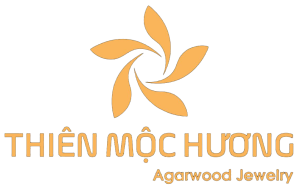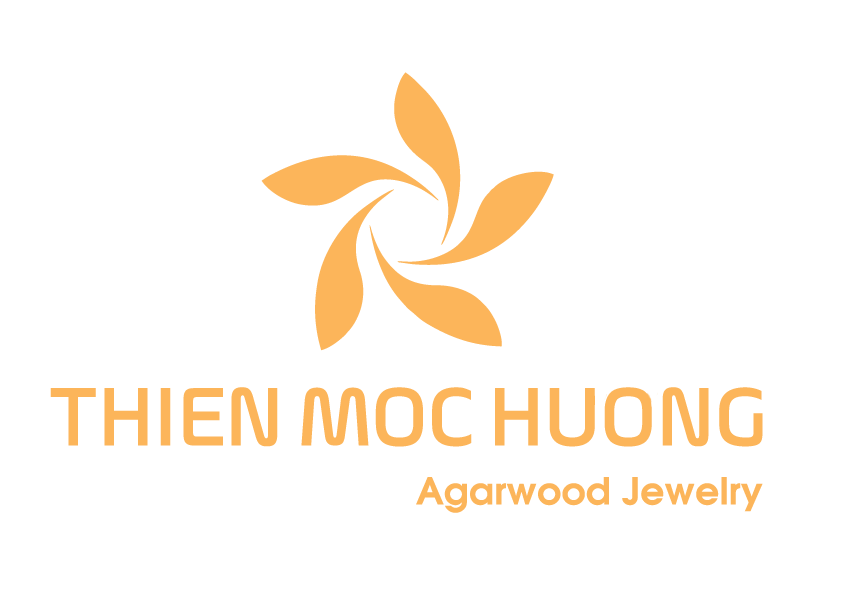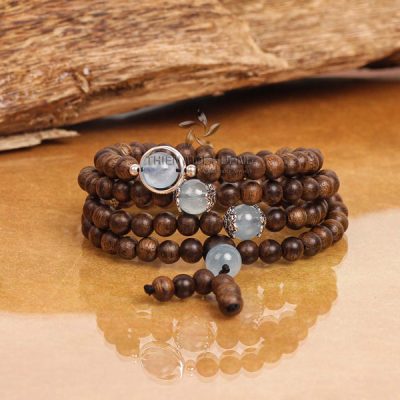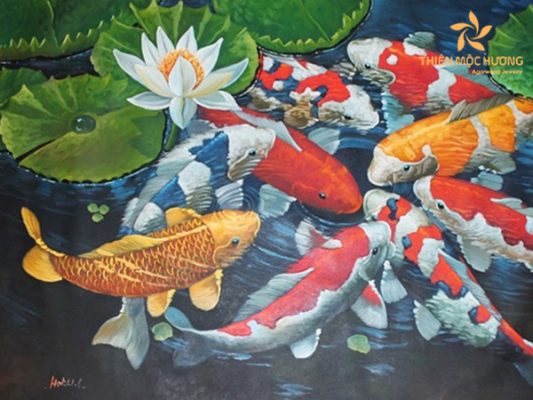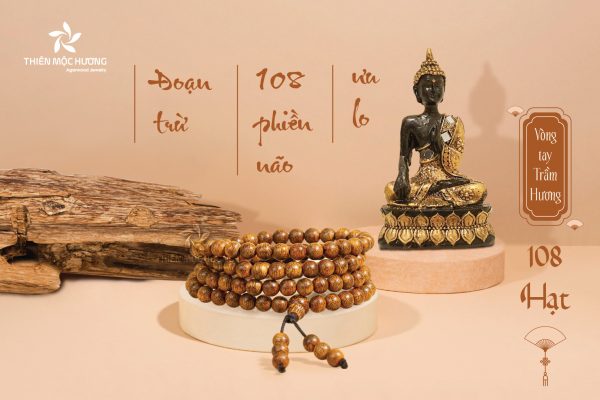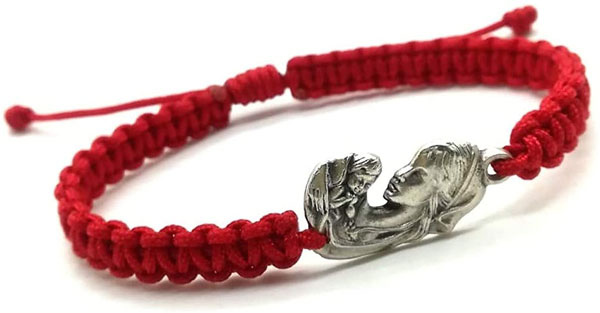Who would not like to get lucky? Of course, everybody wants it. Luck can take many forms in different cultures, and in Oriental culture, it appears as a cute and lucky cat charm – a Japanese Lucky Cat. You can see it all over Asia, waving you through a window to attract good luck. Why do people like to bring cat bracelets? Let’s try to find the real meaning of this symbol.
I. What is Lucky Cat?
Lucky Cat is Maneki Neko in Japanese, which means “beckoning cat”. Other common monikers include Lucky Cat, Money Cat, Waving Cat and Welcoming Cat. In addition, the Maneki-Neko is a typical Japanese figurine that is often believed to bring good fortune and wealth to its owner. Additionally, this feline is considered very lucky. Anyone seeking success is sure to have a statue of this cat.
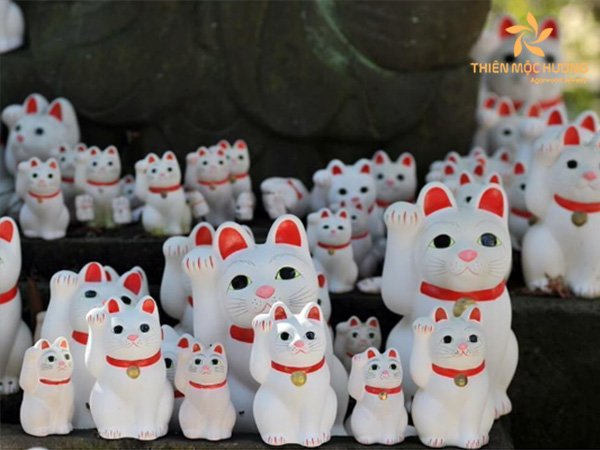
This cat comes in all sizes and is found in homes, businesses, shops, etc. Then the Maneki Neko has become a global phenomenon. The popularity of these lucky cats is constantly increasing.
Moreover, Lucky cats are most often ceramic. However, you may find them made from any materials–from wood or plastic to luxury lucky cats made from jade or gold.
1. Cultural Significance of Lucky Cat
The lucky cat, or Maneki Neko in Japanese, is a popular talisman in Japanese and Chinese cultures. It is often seen as a figurine, with one or both paws raised in a beckoning gesture, and is believed to bring good luck, wealth, and prosperity to its owner.
The cultural significance of the lucky cat can be traced back to Japanese folklore, where it is said to have saved a nobleman’s life by beckoning him into a temple during a storm. In Chinese folklore, the lucky cat is associated with a goddess believed to bring good fortune and protect children.
Today, the lucky cat is a common sight in many businesses, especially in Japan and other Asian countries, where it is believed to bring in customers and increase sales. It is also a popular souvenir for tourists, and many people display it in their homes or cars as a symbol of good luck.
In addition to its cultural significance, the lucky cat has also become a popular icon in contemporary popular culture, appearing in anime, manga, and other forms of media. It is often used as a cute and quirky character, representing the values of good luck and prosperity.
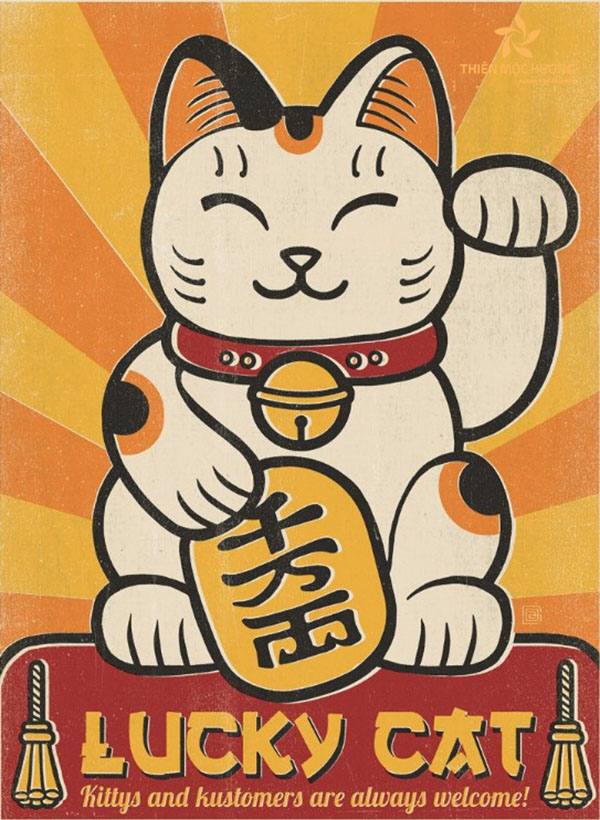
2. History of the Beckoning Cat
The Interesting History of the Beckoning Cat Goes Back to the Edo Period. According to one legend, the cat figurine beckons because a weary traveler is going past a temple in Edo. As he passed, a cat sat outside and beckoned the man to follow. Then, The man followed the cat into the temple and began to look around. Shortly after his entrance to the temple, a large and sudden thunderstorm rolled through Edo.
The man, so grateful to the cat for bringing him to shelter from the storm, raised money and purchased the temple to be his family’s temple. Besides it later became Gotokuji Temple. Soon, the Maneki Neko became an offering of gratitude, which evolved into a figure thought to bring luck. This is the most famous legend.
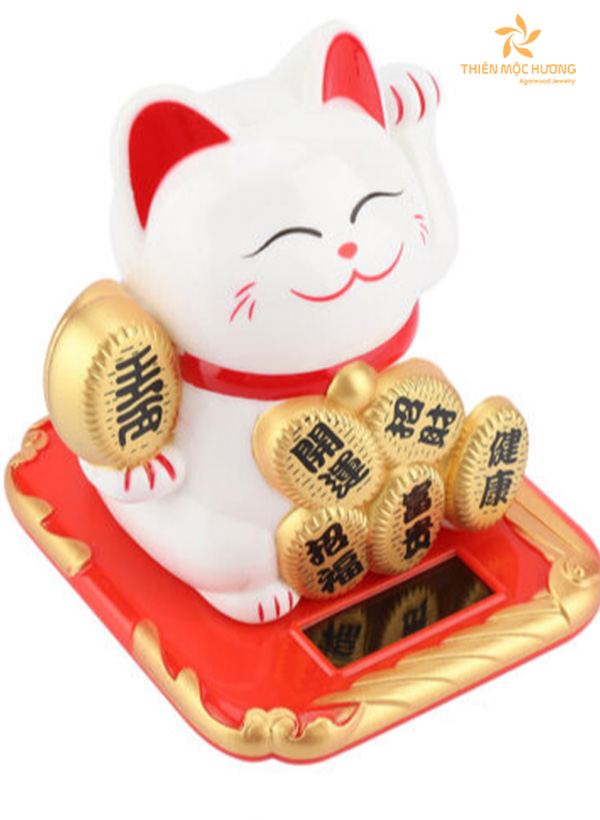
3. You can find thousands of Lucky Cat figurines at Gotokuji Temple
As mentioned, Maneki Neko originates at Gotokuji temple, at least if you follow the legend. While it’s not likely that a cat will beckon random people meandering near Gotokuji temple, the temple is a popular place for figurines.
Some shelves are filled with as many Maneki Neko figurines as can be crammed onto a single surface. As the primary setting of the origin story of Maneki Neko, Gotokuji is currently filled with wide different varieties of the beckoning cat statue so that tourists can invite luck into their own lives.
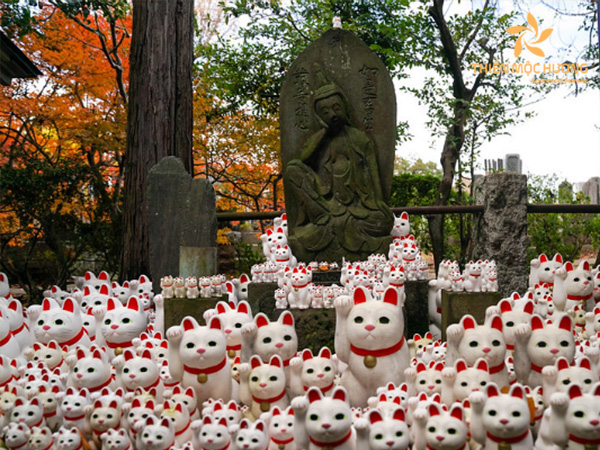
In fact, some shelves are filled to the brim with as many Maneki Neko figurines as can be crammed onto a single surface. As the main setting of the origin story of Maneki Neko, Gotokuji is currently filled with many different varieties of the beckoning cat statue, so that tourists can invite luck into their own lives.
II. The Symbolism Behind the Fortune Cat Colors
While you’ll most commonly see a white Maneki Neko with orange and black spots, there are quite a few color variations of the Maneki Neko and they each have a special meaning.
Calico: Traditional color combination, considered to be the luckiest
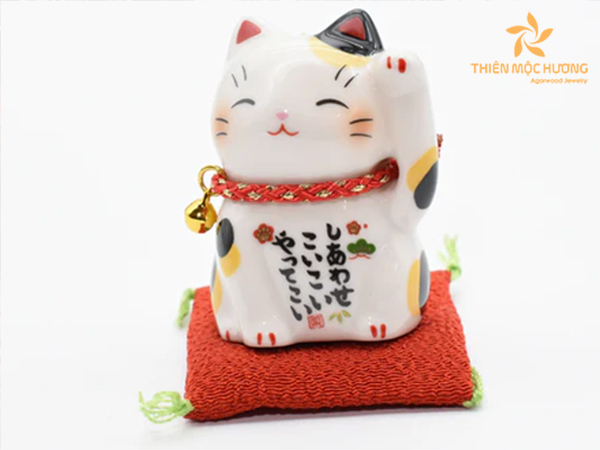
White: Happiness, purity and positive things to come
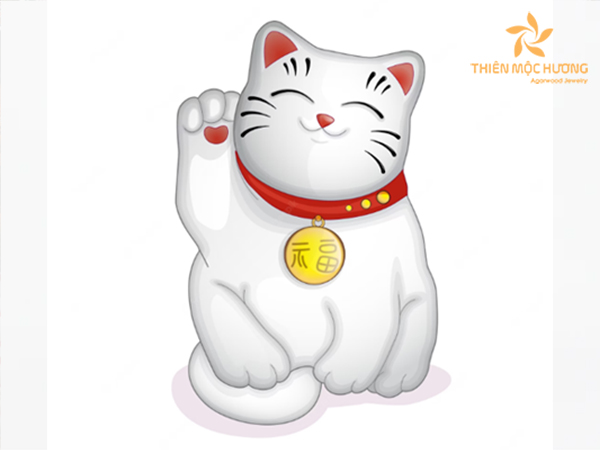
Gold: Wealth and prosperity
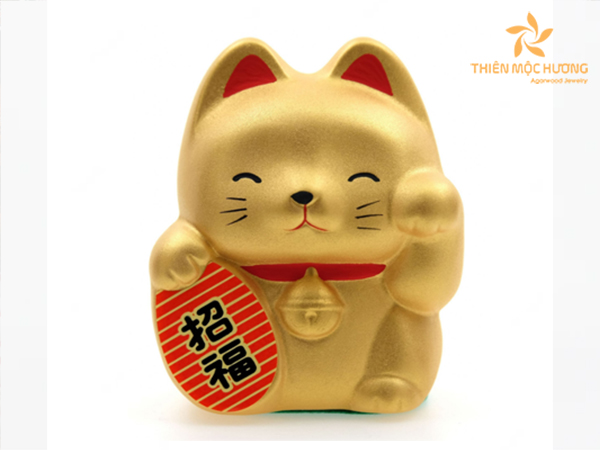
Black: Wards off evil spirits
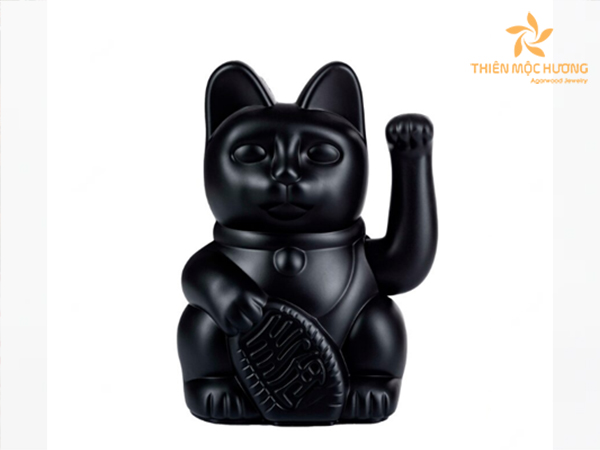
Red: Success in love and relationships
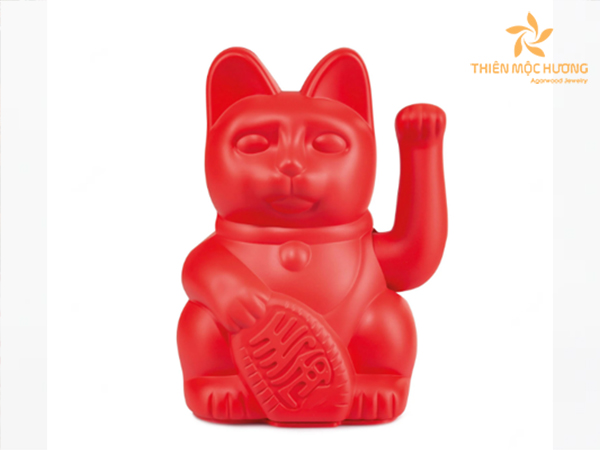
Green: Good health
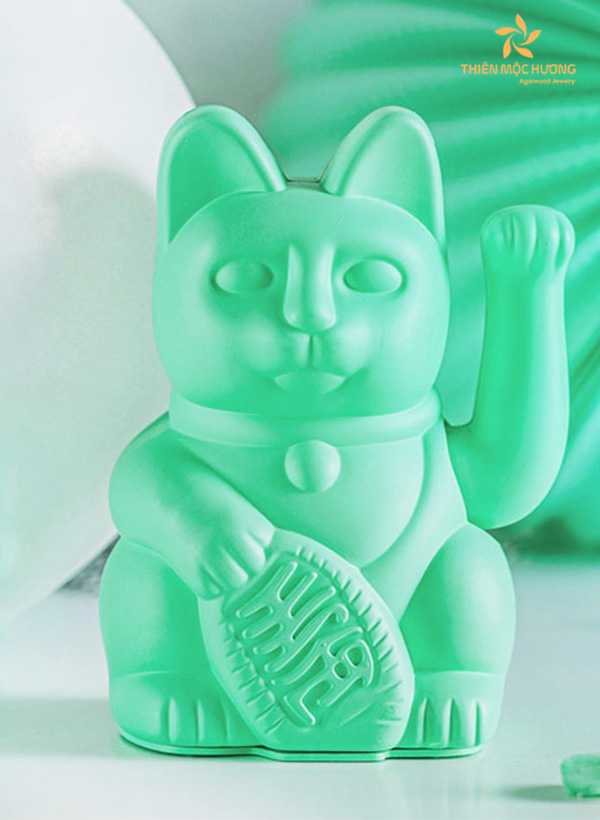
III. The Meaning Behind What the Lucky Cat Is Wearing and Holding
Fortune is a finely dressed cat usually adorned with a bib, collar and bell. In the Edo period, it was common for wealthy people to dress their pet cats this way; a bell was tied to the collar so that owners could keep track of their cats’ whereabouts.
Fortune Cat figurines often hold other things in their paws. These include:
- A koban worth one ryo is a Japanese coin from the Edo period; a ryo was considered quite a fortune back then.
- The magic money mallet: If you see a small hammer, this represents wealth. When shaken, the mallet is supposed to attract wealth.
- A fish, most likely a carp, symbolizes abundance and good fortune.
- A marble or gem: This is another money magnet. Some people believe it’s a crystal ball and represents wisdom.
- Japanese Lucky Cat can also hold gourds, prayer tablets, daikon radishes and ingots. These items also represent wealth and good luck.
Therefore, regardless of the name, legend-raised paw, color or item in its paw, you can’t go wrong with a Maneki Neko perched by your side.
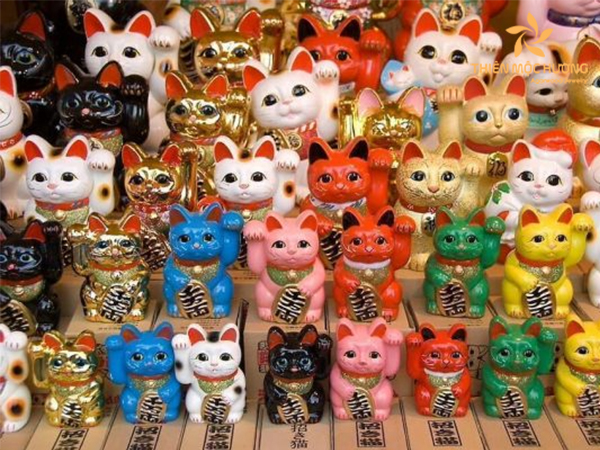
IV. About Lucky cat charm bracelet meaning
Neko cat agarwood beaded bracelet combines the familiar image of the genius Cat made from high-class Thai silver with Agarwood beads taken from Laos. Under the sophisticated hand of the craftsman, he has made exquisite Agarwood bracelets to every detail. The harmonious combination of silver charm beads and Agarwood brings flexibility to the bracelet. The bracelet usually comprises 50 to 54 Agarwood beads, meaning luck, blessing, and prosperity.
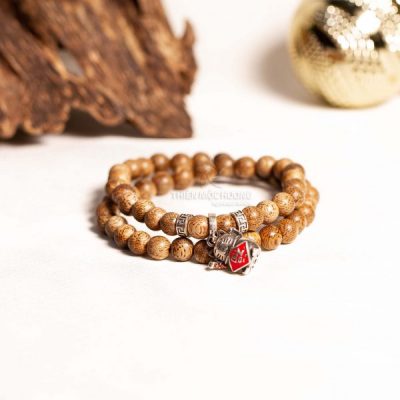
Lucky Cat charms are believed to be mascots that bring good luck, especially to attract money in business. Each cat image has its meaning. Indeed, the image of the talented Cat in Thien Moc Huong Huong is waving his right foot, which brings luck and fortune to the owner. The concept of feng shui believes that the higher the foot is, the more money, fortune, and luck will come.

In business, a fortune cat also brings many benefits such as Feng shui, go smoothly, wealth come pouring in, great luck and great profit, and five blessings (longevity, wealth, health, virtue, and a natural death),…
(155)


